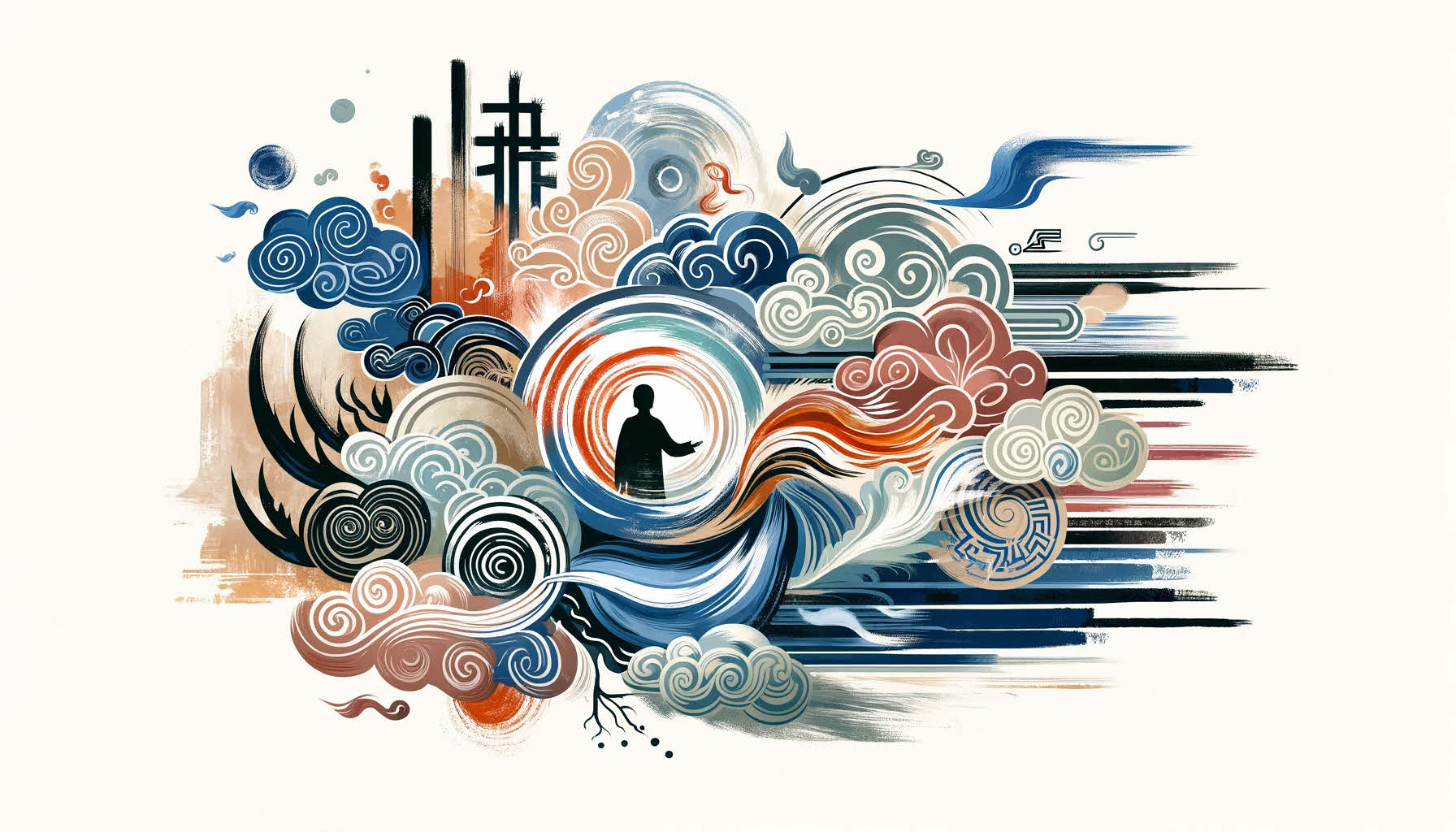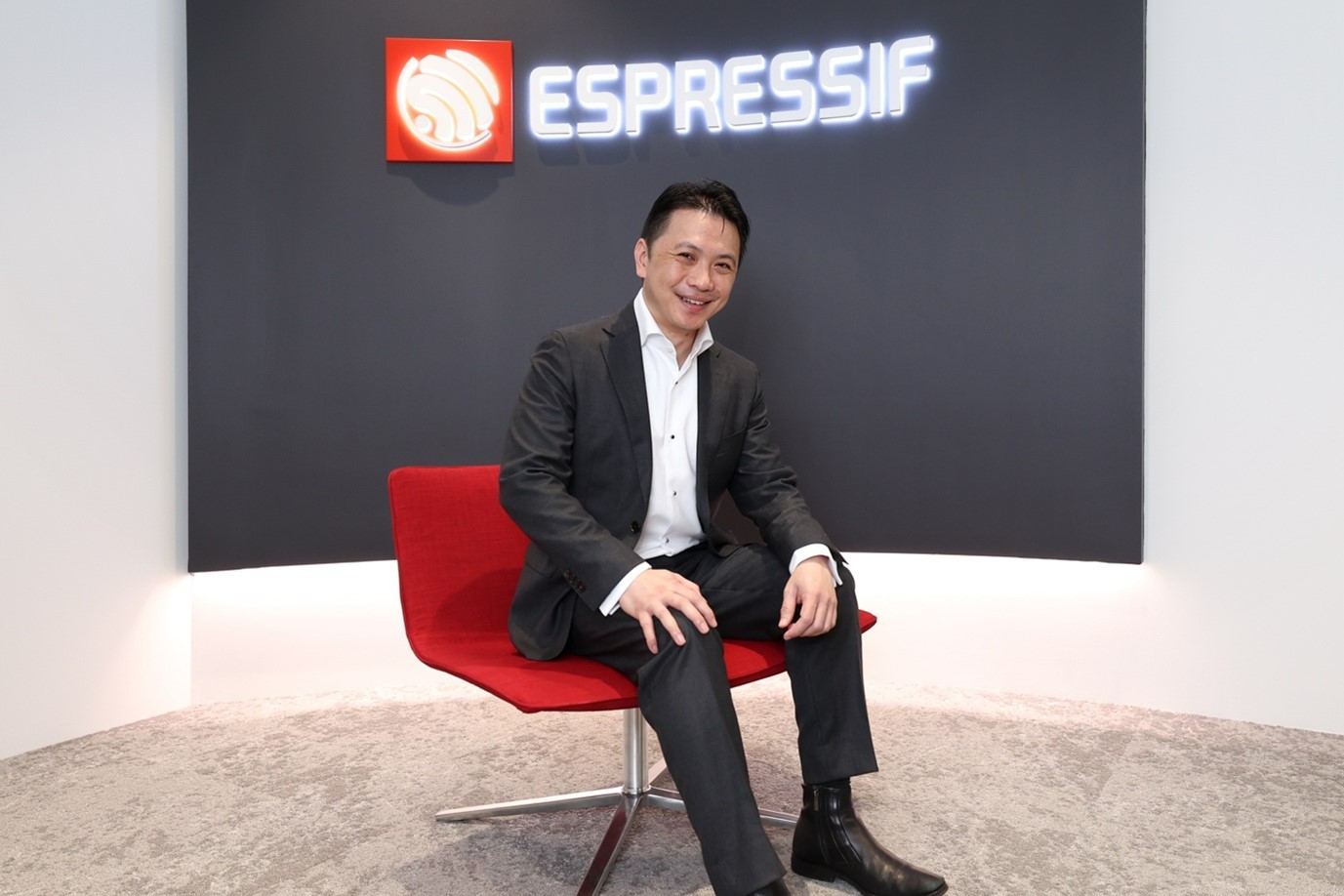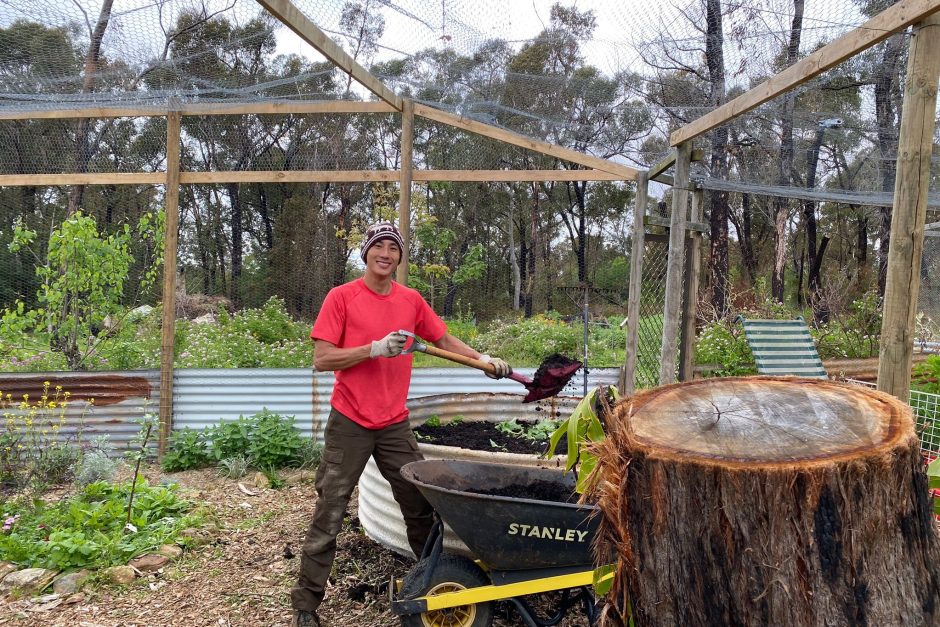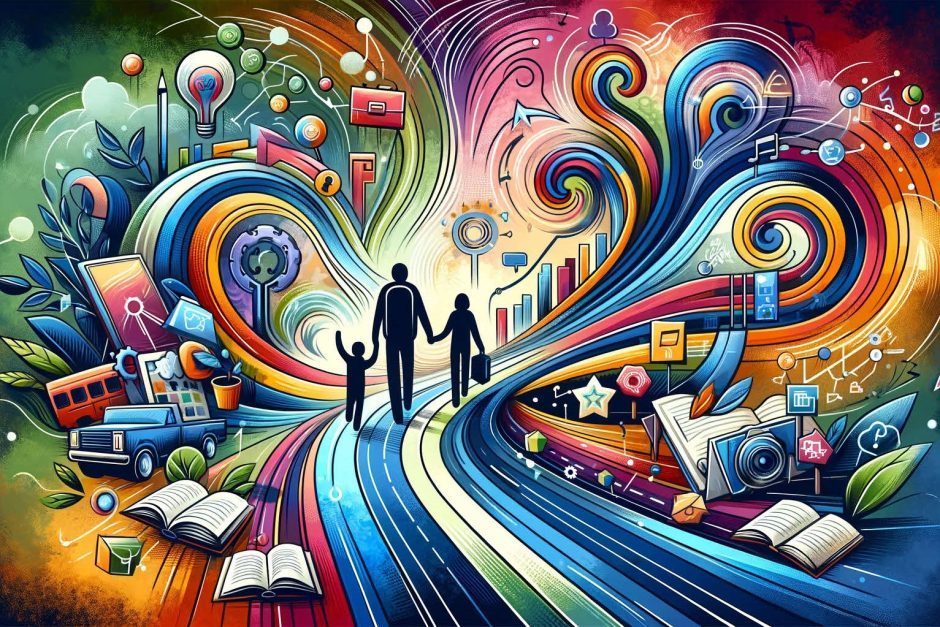This teacher’s got his eye on AI
10 Oct 2023
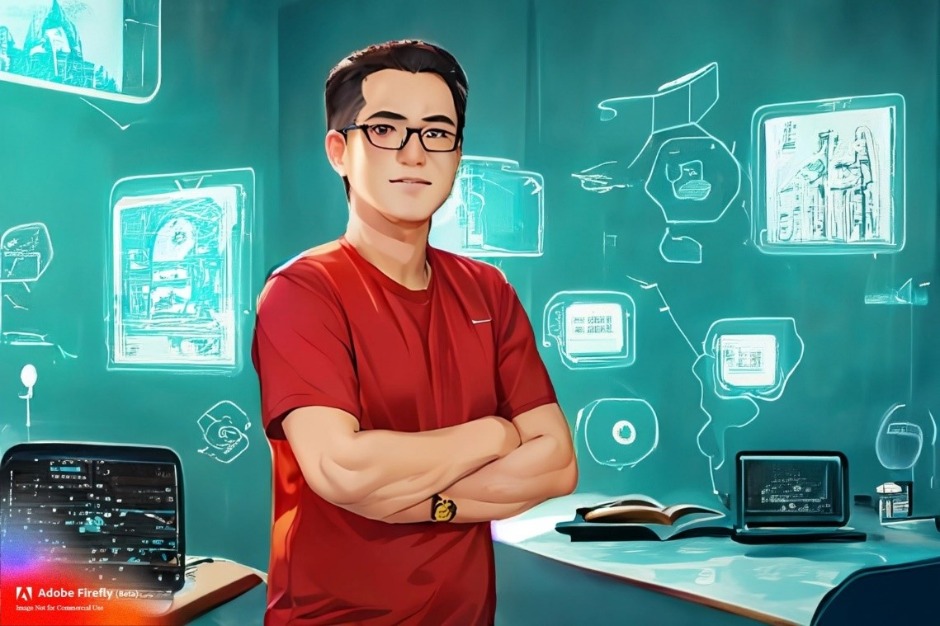
Mr Mathew Lim, a History teacher from National Junior College, is an AI enthusiast with a passion for responsible AI use. He shares how he imparts AI know-how to fellow teachers and guides his students in harnessing the technology responsibly.
Since ChatGPT was made available to the public in November 2022, educators have been keeping a watchful eye on its evolution. ChatGPT is a generative AI tool built on Large Language Models (LLMs), that can whip up lengthy and smart responses at the drop of a prompt.
It can also engage in imaginary role-play, write poems and raps, create quizzes, evaluate students’ essays, and more. Since then, other LLM-based artificial intelligence (AI) chatbots, such as Bingchat, Google Bard, and ChatGPT Plus, have expanded their capabilities to include tasks like generating and analysing images. We are witnessing the introduction of new AI tools each day, which is set to impact the way our students learn in the foreseeable future.
From my educator’s lens, AI tools come with a bundle of perks. AI chatbots have the potential to enable personalised, adaptable learning, doubling up as conversationalists to fuel group dialogues and critical thinking, stretching the limits beyond what a teacher alone can do.
Yet, as a history teacher, I am concerned that students might overly rely on AI chatbots to generate content without engaging in critically thinking or considering its relevance to historical contexts. AI can also produce incorrect or biased responses and may even make up non-existent authors and false historical sources.
Setting a positive example of AI use through role-modelling
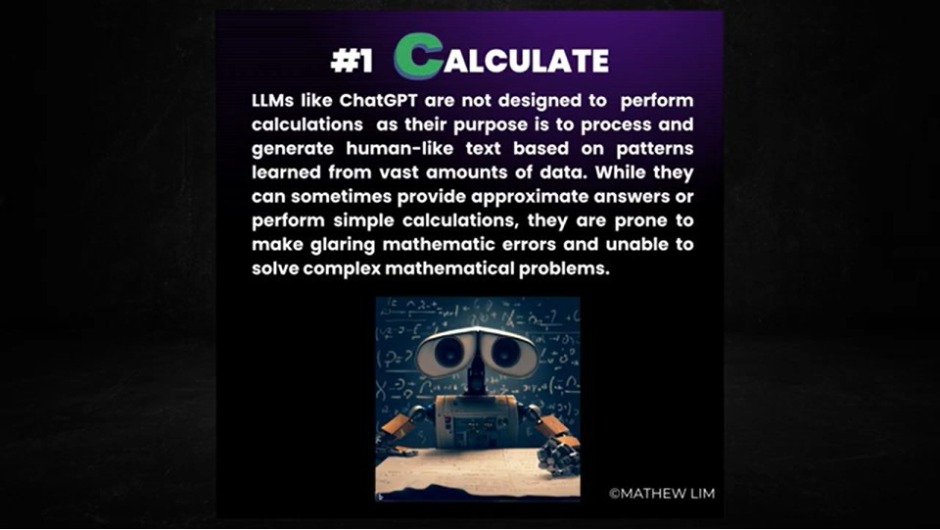
In Mr Lim’s “The 9Cs that Large Language Models Can’t Do or Can’t Do Very Well,” the initial ‘C’ reminds us that we won’t be relying on ChatGPT to calculate our lunchtime bulk order anytime soon.
Before putting ideas into action and allowing students to work with AI tools, I proactively gather their ideas on utilising AI tools in the classroom through surveys and classroom discussions. Next, I illustrate in uncomplicated terms how LLMs work.
To facilitate their understanding, I developed and presented a set of digital video cards titled “The 9Cs That Large Language Models Can’t Do or Can’t Do Very Well” to students and encouraged their feedback. These 9Cs represent aspects of human proficiency that LLMs sometimes struggle with: Calculate, Credit Sources, Contextual Awareness, Currency, Counterfactual Conjecture, Critical Thinking, Creativity, Connecting to Human Beings and Conscience.
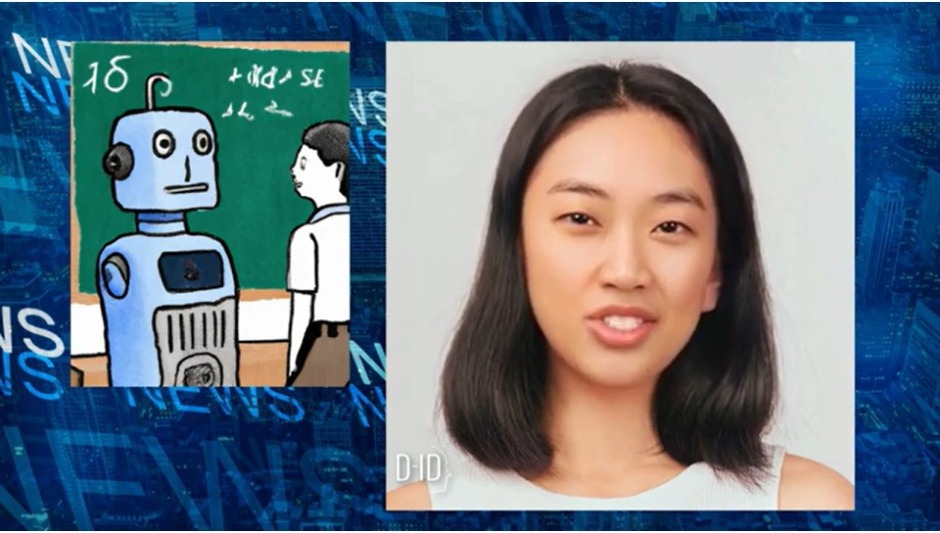
This is a screenshot of a video titled “Learning history in the age of ChatGPT”, created by Mr Lim using the chatbot from OpenAI, text-to-image generator Dall-E, and D-ID (which stands for Digital Humans Video Generator) to generate the human-like AI avatar.
In a different video, I brought an AI avatar to life to narrate content I wrote on the importance of acquiring sound historical knowledge and skills. This is crucial for evaluating outputs about history (or any other subject) generated by AI, humans, or a combination of both.
To drive the point home, I employ Character.ai, another chatbot, to enable students to have conversations with fictional historical personas who channel the essence of real historical figures. While Character.ai might occasionally produce inaccuracies, it offers a chance for interactive learning. Students can assess response quality by cross-referencing what it spits out with what they’ve learnt in class. This, in turn, sharpens the students’ historical understanding.
Additionally, I tap into custom-made chatbots that rely largely on data provided by teachers. Among them is a chat tool designed by a local startup called Noodle Factory. Since the responses are mined from teacher-curated materials, students receive accurate and relevant information.
How educators can support students in an AI-driven era
As generative AI tools are anticipated to become widespread in the upcoming years, it is crucial for us to prepare our students for a future where AI tools are easily accessible.
Before we do that, we must first further our understanding and competencies. Numerous teachers, myself included, have engaged in both online and in-person group discussions, where we exchange ideas and viewpoints regarding AI. A hot hub for such conversations is the Singapore Learning Designers Circle (SgLDC) Facebook group, an initiative of the Educational Technology Division (ETD) of the Ministry of Education (MOE). Within this space, teachers share their experiences with AI tools and ask questions related to generative AI.
During this year’s SgLDC Virtual Meet 1 held in March, my presentation focused on the techniques and ethical considerations of animating historical figures with AI.
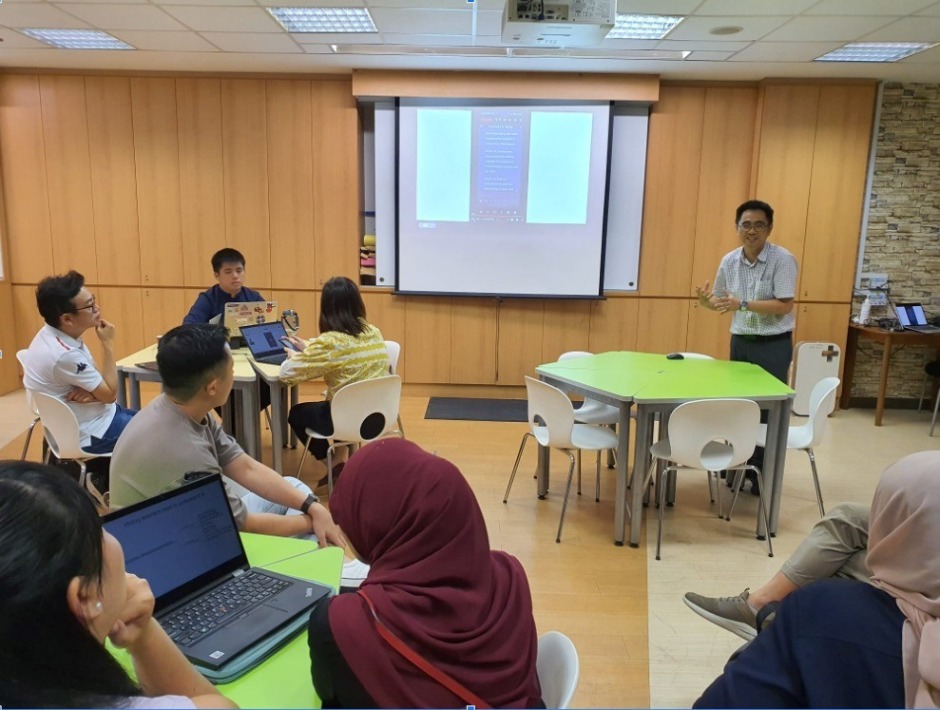
Mr Lim (far right) diving into his use of AI in blended learning for History lessons at a NLCs meet.
I also shared my thoughts and ideas on crafting lessons and creating learning materials by leveraging AI, as well as strategies to guide students to use AI tools purposefully and appropriately. These discussions took place within Networked Learning Communities (NLCs) initiated by history teachers.
Despite the apprehensions surrounding the new technologies and their potential misuse by students, we are actively working to improve our AI literacy. This will enable us to guide our students appropriately, implement necessary guardrails and promote the responsible use of generative AI to optimise learning.
By embracing this rapid evolution, educators can harness the opportunities presented by AI to enhance the learning experience for our students. We may not have a strong technical background, but we can cultivate a growth mindset and a willingness to adapt. This means staying curious, continuously learning about AI, and incorporating relevant tools and resources into our teaching methods.
Furthermore, as role models, we can inspire our students to develop their own skills and understanding of AI. By demonstrating our own commitment to lifelong learning and adaptability, we can show them that anyone can keep pace with technological advancements, regardless of their background. In doing so, we empower our students to become future-ready, capable of navigating the AI-driven world with confidence and competence.
For more stories on artificial intelligence:
- Welcome to my new ‘teaching assistant’: How this Chemistry teacher weaves ChatGPT advantages into his lessons
- Teacher talk: AI is our new classroom tool and we are learning to draw the best from it
- AI say! These primary school students are trading snack time for prompt engineering
We are on Telegram! Subscribe to our channel: https://t.me/schoolbag_edu_sg

